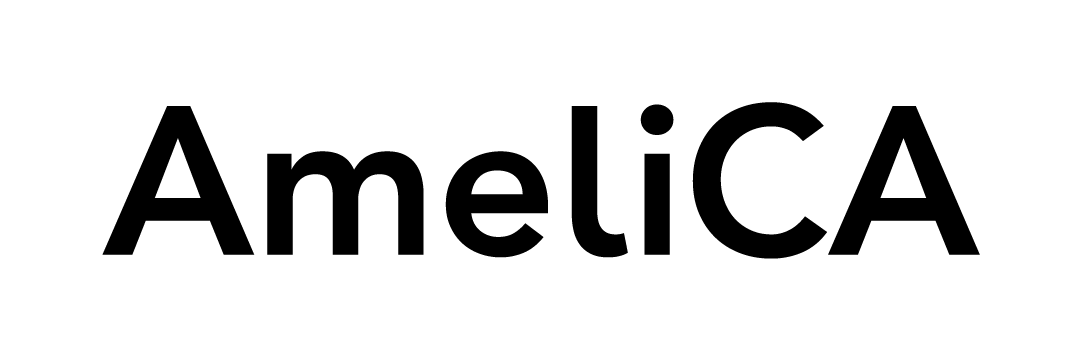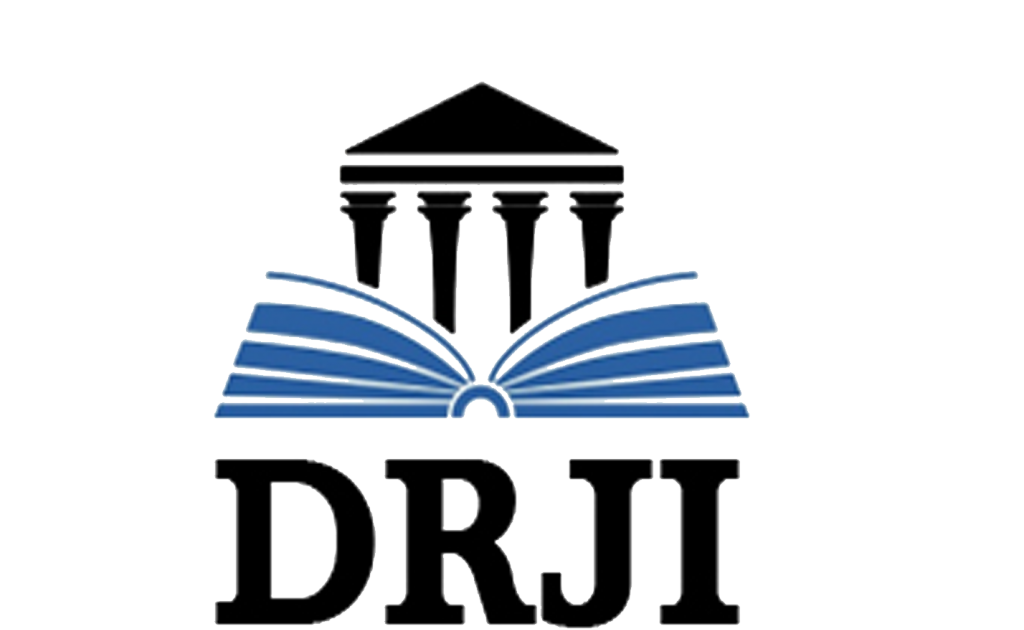Competitiveness of ecuadorian bananas with the use of cleaner technologies in cultivation
DOI:
https://doi.org/10.53591/rug.v121i3.377Keywords:
Banana export, quality, organicAbstract
The aim of this project is to show that with the renewal of cleaner technology in the production of bananas, conditions for maintaining the health and quality of life in the soil increases. The methodology used is a qualitative approach using exploratory method with secundary information of governmental and non governmental institutions, and it demonstrated how important is the constant training for producers betting as always innovation in this particularly area, specially in organic thus being more competitive with other markets. Beyond all food benefits that has this fruit, there are drawbacks in production as the misuse of agrochemicals (pesticides) in production and low soil renewal, leading to resistant pests affecting the crop,
putting in competitive disadvantage. Using traditional farming methods with better management of fertilizers or manure, ensuring that the plants are resistant, and thus the marketing of banana production certified as organic, will protect plantations against pests and diseases such as Black Sigatoka, following the certification standards and consumer protection foodstuffs and reducing environmental pollution.
References
Arias, P, Dankers, C., Liu, P, & Pilkauskas, P (2004). La Ec onomía Mundial del Banano: 1 985 - 2002. Roma
Arosemena, G. (2008). Ecuador en la Segunda mitad del Siglo XX. Guayaquil: Selected Works.
Banana Export. (2015). banana trade. Obtenido de http://www.bananaexport.com/
Cepeda, D. (2008). Cuando las manos hacen el racimo: condiciones de producción y trabajo del banano en Ecuador. ¿Agroindustria y Soberanía Alimentaria?, 85-94
Dirección Inteligencia Comercial e Inversiones. (201 3). Análisis del sector banano. Guayaquil: ProEcuador.
Espinosa, A. (201 1). La sigatoka Negra, amenaza para la producción bananera y platanera del Ecuador.
Harari, R., Korovkin, I, Larrea, C., Martínez, L., & Ortiz, P (2004). Efectos Sociales de la Globalización: Petróleo, Banano y flores en Ecuador. Çuito: Editorial Abya-Yala
INEC. (201 1). ANÁLISIS DEL SISTEMA AGROALIMENTA RIO DEL BANANO EN ECUADOR. Guayaquil
INIAP (2008). Principales tecnologias generadas para el manejo del cultivo de banáno plátano y otras musá- ceas. Çuito: Fernando Armijos.
Instituto Nacional Autónomo de Investigaciones Agropecuarias. (2007). Como Fertilizar banano En Ecua- dor. Guayaquil: INIAP Archivo.
Instituto Nacional de Investigaciones Agropecuarias. (2008). Fertilización química de plantaciones establecidas de banano en el Ecuador.
Montalvo, C. (2008). La estructura vertical del mercado bananero para el Ecuador y el carácter limitado de las reformas de comercio internacional. Revista Técnológica ESPOL, 166 - 179.
Parrado, C., & Ubaque, H. (201 3). Buenas prácticas agríc olas en sistemas de producción de tomate baj o invernadero. Pronatta
Revista L ideres. (2 de Septiembre de 201 3). Líderes. Obtenido de http://www.revistalideres. ec/lideres/ llegar- mercadoeuropeo-clave-calidad.html
Rosales, F, Iripon, S., & Cerna, J. (1998). Producción del banano orgánic o y/o ambientalmente Amigable.
Rosero, J. L. (2001). Un análisis sobre la competitividad del banano ecuatoriano. José Luis Rosero, 1 -26.
Silva, J. (2004). Comercialización del Banano Ecuatoriano. Guayaquil.
Stoorvogel, J. &Vargas, R. (1 998). La agricultura de precisión en banano. Guácimo.
Usaga, C., & Castañeda, D. (2008). EFECTO DE LA MICORRIZACIÓN Y LA FERTILIZACIÓN EN LA ACUMULACIÓN DE BIOMASA EN PLANTAS DE BANANO. Medellin.
Velastegui, A. (20 14). Análisis comparativo de los beneficios monetarios y no monetarios de producto res bananeros vinculados o no al comercio justo. Machala, El Oro. Pichincha.
Wesseling, C., Bar raz a, D., & Partenen, T. (2012). Efectos por plaguicidas en la sa/ud. San José.
Published
How to Cite
Issue
Section
License

This work is licensed under a Creative Commons Attribution-NonCommercial-NoDerivatives 4.0 International License.

This work is licensed under a Creative Commons Attribution-NonCommercial-NoDerivatives 4.0. International License.
You are free to:
- Share — copy and redistribute the material in any medium or format
- The licensor cannot revoke these freedoms as long as you follow the license terms.
Under the following terms:
- Attribution — You must give appropriate credit , provide a link to the license, and indicate if changes were made . You may do so in any reasonable manner, but not in any way that suggests the licensor endorses you or your use.
- NonCommercial — You may not use the material for commercial purposes .
- NoDerivatives — If you remix, transform, or build upon the material, you may not distribute the modified material.
- No additional restrictions — You may not apply legal terms or technological measures that legally restrict others from doing anything the license permits.































